your next task is portraits, here are some tips:
11. Frame Your Subject
Framing is a technique where by you draw attention to one element of an image by framing it with another element of the image.
Framing gives an image depth and draws the eye to a point of interest in the image.
You
could do it by placing your subject in a window or doorway, have them
look through a small gap or even use their hands around their face. See
more examples of
framing in photography here.
12. Go with a Wide Angle
Shooting
with a wide angle lens attached to your camera can help create some
memorable shots when you’re doing portrait photography.
At
very wide focal lengths you can create some wonderful distortion. It
might not be the type of shot you take of your wife or girlfriend
(unless she’s in a playful mood) but using these focal lengths will
enlarge parts of the face or body that are on the edge of the frame more
than what is in the centre.
It can also give a wide open and dramatic impact when your subject is in an impressive setting.
13. Play With Backgrounds
The
person in your portrait is the main point of interest – however
sometimes when you place them into different contexts with different
backgrounds you can dramatically alter the mood in a shot.
Sometimes you want your background to be as minimalistic as possible.
While other times a dramatic or colorful background can help your subject really stand out.
The key is to experiment.
14. Change the Format Framing
Many
photographers get stuck in a rut of only ever shooting either in
‘landscape’ (when the camera is held horizontally) or ‘portrait’ (when
the camera is held vertically) modes. Look back through your images and
see which one you use predominantly.
Just
because a vertical framing is called ‘portrait’ mode doesn’t mean you
always need to use it when shooting portraits. Mix your framing up in
each shoot that you do and you’ll add variety to the type of shots you
take.
15. Hold Your Camera on an Angle
Horizontal and Vertical framings are not the only options when it comes to shooting portraits. While
getting your images straight can
be important in when shooting in these formats holding your camera on a
more diagonal angle can also inject a little fun into your images.
This
type of framing can add a sense of fun and energy into your shots. Just
don’t ’slightly’ do it or you’ll have people asking themselves if you
might have mistakenly held your camera crooked.
16. Take Unfocused Shots
As
photographers we have ’sharp focus’ drummed into us as an ultimate
objective to achieve in our work – but sometimes lack of focus can
create shots with real emotion, mood and interest.
There are two main strategies for taking unfocused images that work:
1.
Focus upon one element of the image and leave your main subject
blurred. To do this use a large aperture which will create a narrow
depth of field and focus upon something in front of or behind your
subject.
2.
Leave the full image out of focus. To do this again choose a wide
aperture but focus well in front or behind anything that is in your
image (you’ll need to switch to manual focussing to achieve this).
These kinds of shots can be incredibly dreamy and mysterious.
17. Introduce Movement
Portraits can be so static – but what if you added some movement into them? This can be achieved in a few ways:
- by making your subject move
- by keeping your subject still but having an element in the scene around them move
- by moving your camera (or it’s lens to achieve a zoom burst)
The key with the above three methods is to use a slow enough shutter speed to capture the movement.
The alternative is to have your subject obviously move fast but to use a shutter speed so fast that it ‘freezes’ their movement.
18. Experiment with Subject Expressions
In some portraits it is the expression on the face of your subject that makes the image.
Get your subject to experiment with different moods and emotions in your image. Play with extreme emotions
But also try more sombre or serious type shots
19. Fill the Frame
One way to ensure that your subject captures the attention of the viewer of your portrait is to fill the frame with their face.
It’s
not something that you’d do in every shot that you take – but if your
subject is the only feature in the shot – there’s really nowhere else to
look.
20. Find an Interesting Subject
I have a friend who regularly goes out on the streets around Melbourne looking for interesting people to photograph.
When
he finds someone that he finds interesting he approaches them, asks if
they’d pose for him, he quickly finds a suitable background and then
shoots off a handful of shots quickly (if they give him permission of
course).
The result is that he has the most wonderful collection of photographs of people of all ages, ethnicities and backgrounds.
While
many of us spend most of our time photographing our loved ones –
perhaps it’d be an interesting exercise to shoot interesting strangers
once in a while?
Read more: http://www.digital-photography-school.com/tips-portrait-photography#ixzz14Q5tYPUl
I want to look at some ways to break out of the mold and take
striking portraits by breaking (or at least bending) the rules and adding a little randomness into your
portrait photography. I’ll share ten of these tips today and a further ten tomorrow (update: you can see the
2nd part here).
1. Alter Your Perspective
Most
portraits are taken with the camera at (or around) the eye level of
the subject. While this is good common sense – completely changing the
angle that you shoot from can give your portrait a real WOW factor.
Get
up high and shoot down on your subject or get as close to the ground
as you can and shoot up. Either way you’ll be seeing your subject from
an angle that is bound to create interest.
2. Play with Eye Contact
It
is amazing how much the direction of your subject’s eyes can impact an
image. Most portraits have the subject looking down the lens –
something that can create a real sense of connection between a subject
and those viewing the image. But there are a couple of other things to
try:
A. Looking off camera – have
your subject focus their attention on something unseen and outside the
field of view of your camera. This can create a feeling of candidness
and also create a little intrigue and interest as the viewer of the
shot wonders what they are looking at. This intrigue is particularly
drawn about when the subject is showing some kind of emotion (ie
‘what’s making them laugh?’ or ‘what is making them look surprised?’).
Just be aware that when you have a subject looking out of frame that
you can also draw the eye of the viewer of the shot to the edge of the
image also – taking them away from the point of interest in your shot –
the subject.
B. Looking within the frame
– alternatively you could have your subject looking at something (or
someone) within the frame. A child looking at a ball, a woman looking at
her new baby, a man looking hungrily at a big plate of pasta…. When
you give your subject something to look at that is inside the frame you
create a second point of interest and a relationship between it and
your primary subject. It also helps create ’story’ within the image.
3. Break the Rules of Composition
There
are a lot of ‘rules’ out there when it comes to composition and I’ve
always had a love hate relationship with them. My theory is that while
they are useful to know and employ that they are also useful to know so
you can purposely break them – as this can lead to eye catching
results.
The
Rule of Thirds
is one that can be effective to break – placing your subject either
dead centre can sometimes create a powerful image – or even creative
placement with your subject right on the edge of a shot can sometimes
create interesting images.
Another ‘rule’ that we often talk about in portrait photography is to
give your subject room to look into. This can work really well – but again, sometimes rules are made to be broken.
4. Experiment with Lighting
Another
element of randomness that you can introduce to your portraits is the
way that you light them. There are almost unlimited possibilities when
it comes to using light in portraits.
Side-lighting can create mood, backlighting and silhouetting your subject to hide their features can be powerful.
Using techniques like
slow synch flash can create an impressive wow factor.
5. Move Your Subject Out of their Comfort Zone
I
was chatting with a photographer recently who told me about a
corporate portrait shoot that he had done with a business man at his
home. They’d taken a lot of head and shoulder shots, shots at his desk,
shots in front of framed degrees and other ‘corporate’ type images.
They had all turned out fairly standard – but there was nothing that
really stood out from the crowd.
The photographer and the
subject agreed that there were plenty of useable shots but they wanted
to create something ’special’ and out of the box. The photographer
suggested they try some ‘jumping’ shots. The subject was a little
hesitant at first but stepped out into the uncomfortable zone and
dressed in his suit and tie started jumping!
The shots were
amazing, surprising and quite funny. The shoot culminated with the
subject jumping in his pool for one last image!
While this might
all sound a little ’silly’ the shots ended up being featured in a
magazine spread about the subject. It was the series of out of the box
images that convinced the magazine he was someone that they’d want to
feature.
7. Introduce a Prop
Add a prop of some kind into your shots and you create another point of interest that can enhance your shot.
Yes
you might run the risk of taking too much focus away from your main
subject but you could also really add a sense of story and place to the
image that takes it in a new direction and gives the person you’re
photographing an extra layer of depth that they wouldn’t have had
without the prop.
8. Focus Upon One Body Part – Get Close Up
Get
a lens with a long focal length attached to your camera – or get right
in close so that you can just photograph a part of your subject.
Photographing a person’s hands, eyes, mouth or even just their lower
body… can leave a lot to the imagination of the viewer of an image.
Sometimes it’s what is left out of an image that says more than what is included.
9. Obscure Part of your Subject
A
variation on the idea of zooming in on one part of the body is to
obscure parts of your portrait subject’s face or body. You can do this
with clothing, objects, their hands or just by framing part of them out
of the image.
Doing this means that you leave a little to the
imagination of the image’s viewer but also focus their attention on
parts of your subject that you want them to be focused upon.
10. Take a Series of Shots
Switch your camera into ‘burst’ or ‘continuous shooting’ mode and fire off more than one shot at a time.
In doing this you create a series of images that could be presented together instead of just one static image.
This
technique can work very well when you’re photographing children – or
really any active subject that is changing their position or pose in
quick succession.

Image by diyosa
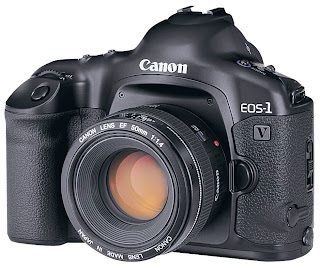







 Image by darkmatter
Image by darkmatter Image by paulbence
Image by paulbence Portrait by akbar1947
Portrait by akbar1947 Photo by paulbence
Photo by paulbence Image by bikeracer
Image by bikeracer Photo by puja
Photo by puja Photo by Jeff Kubina
Photo by Jeff Kubina Portrait by peskymac
Portrait by peskymac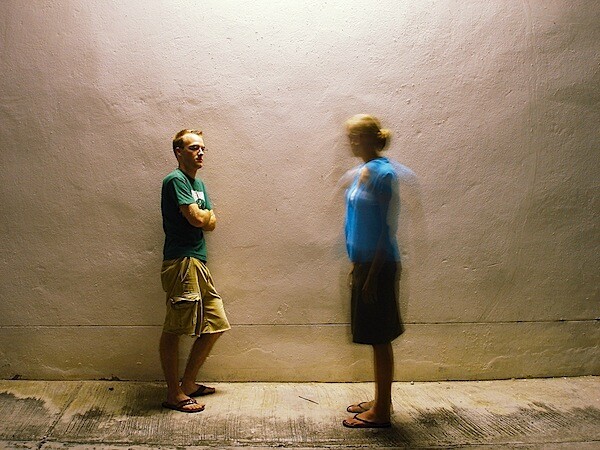 Photo by Michael Sarver
Photo by Michael Sarver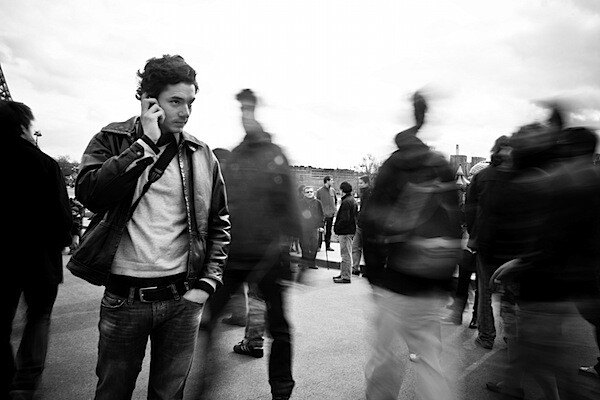 Portrait by philippe leroyer
Portrait by philippe leroyer Portrait by carf
Portrait by carf Photo by Stuck in Customs
Photo by Stuck in Customs Portrait by .mushi_king
Portrait by .mushi_king Photo by striatic
Photo by striatic Photo by TeeRish
Photo by TeeRish Photo by monicutza80
Photo by monicutza80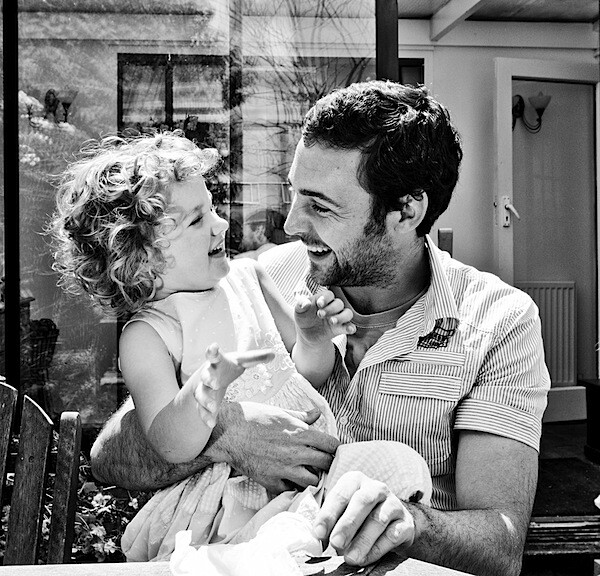 Photo by paulbence
Photo by paulbence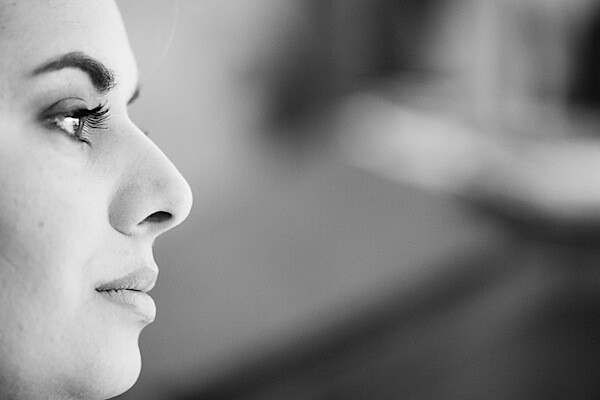 Photo by reportergimmiâ„¢
Photo by reportergimmiâ„¢ Photo by Bukutgirl
Photo by Bukutgirl Photo by Bukutgirl
Photo by Bukutgirl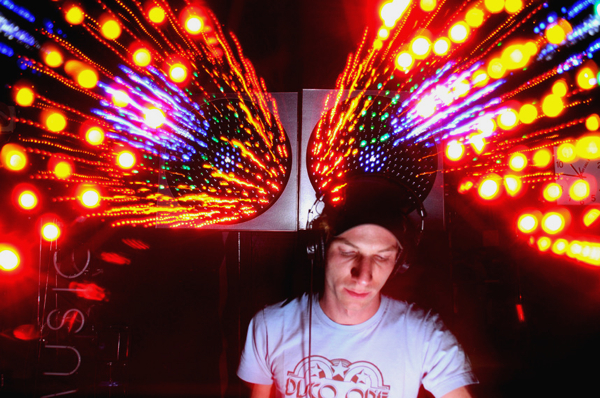 Photo by diskomethod
Photo by diskomethod Image by TeeRish
Image by TeeRish Photo by Mrs. Maze
Photo by Mrs. Maze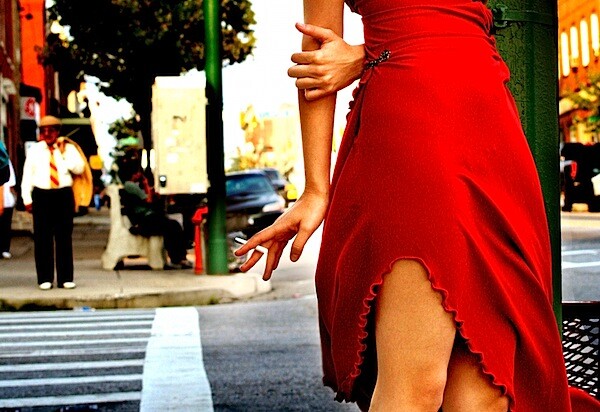 Photo by Bukutgirl
Photo by Bukutgirl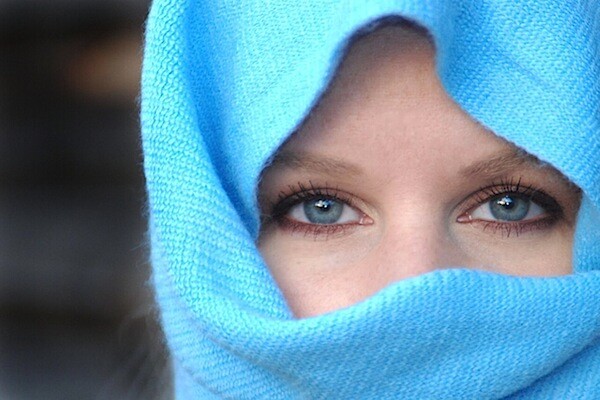 Photo by BigBlonde
Photo by BigBlonde

